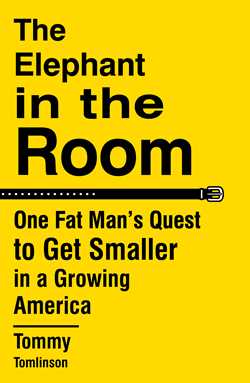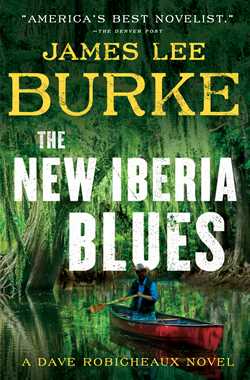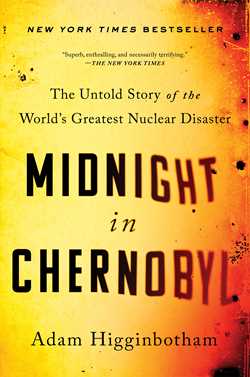The skinny on The Elephant in the Room: One Fat Man’s Quest to Get Smaller in a Growing America (Simon & Schuster, $27)? The book is a searing, honest, and candid exploration of what it’s like to live as a fat man.

When he was almost 50 years old, Tommy Tomlinson weighed an astonishing—and dangerous—460 pounds. He was at risk for heart disease, diabetes and stroke, unable to climb a flight of stairs without having to catch his breath, or travel on an airplane without buying two seats. Raised in a family that loved food, he had been aware of the problem for years, seeing doctors and trying diets from the time he was a preteen.
But nothing worked, and every time he tried to make a change, it didn’t go the way he planned—in fact, he wasn’t sure that he really wanted to change. He was only one of millions of Americans struggling with weight, body image, and a relationship with food that puts them at major risk. Intimate and insightful, The Elephant in the Room is Tomlinson’s chronicle of meeting those people, taking the first steps towards health, and trying to understand how, as a nation, we got to this point.
From buying a FitBit and setting an exercise goal to contemplating the Heart Attack Grill, America’s “capital of food porn,” and modifying his own diet, Tomlinson brings us along on an unforgettable journey of self-discovery that is a candid and sometimes brutal look at the everyday experience of being constantly aware of your size. Over the course of the book, he confronts these issues head on and chronicles the practical steps he has to take—big and small—to lose weight by the end.






 In this new offering from a USA Today bestselling author, three generations of women run a garden center in South Alabama and find the route to love takes as many turns as a southern dirt road.
In this new offering from a USA Today bestselling author, three generations of women run a garden center in South Alabama and find the route to love takes as many turns as a southern dirt road. Award-winning author Markert weaves a story of magical realism and the joy and pain of being alive.
Award-winning author Markert weaves a story of magical realism and the joy and pain of being alive. But, is it too late?
But, is it too late? Are a series of violent acts linked to the outbreak of war in Europe?
Are a series of violent acts linked to the outbreak of war in Europe?![The Enlightenment of Bees by [Linden, Rachel]](https://images-na.ssl-images-amazon.com/images/I/51m41ed6AiL.jpg) Ethiopian immigrant, Hawaiian urban farmer and Rosie, her vivacious roommate.
Ethiopian immigrant, Hawaiian urban farmer and Rosie, her vivacious roommate. intertwine to show how ugly circumstances can create beautiful people.
intertwine to show how ugly circumstances can create beautiful people. Author Caroline Young chronicles six decades of glamorous style, exploring the fashion legacy of these amazing women. Meticulously researched and beautifully illustrated with studio pictures, film stills and original drawings of the costume designs, each chapter focuses on a specific actress, revealing insights into a fascinating period of movie history.
Author Caroline Young chronicles six decades of glamorous style, exploring the fashion legacy of these amazing women. Meticulously researched and beautifully illustrated with studio pictures, film stills and original drawings of the costume designs, each chapter focuses on a specific actress, revealing insights into a fascinating period of movie history.